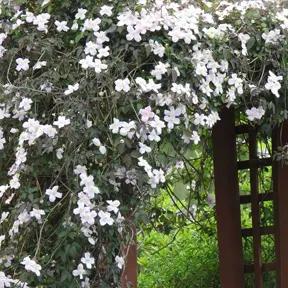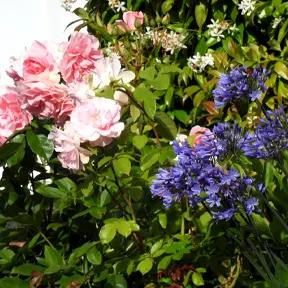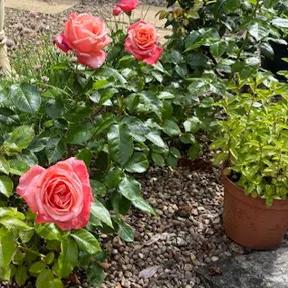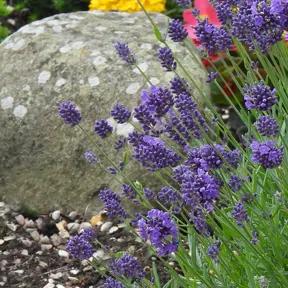Dropmore Scarlet Honeysuckle Plants
Lonicera x brownii
- Semi-evergreen grey/green foliage
- Orange/scarlet trumpet flowers.
- Full hardy.
- Sun or partial shade.
- Little or no scent.
- Pot Grown, Year Round Delivery
Recommended extras
Description
Lonicera x Brownii 'Dropmore Scarlet' Honeysuckle
'Dropmore Scarlet' is a beautiful climbing plant with healthy grey/green deciduous or semi-evergreen (depending on your area), rounded foliage and lovely trumpet flowers of scarlet and orange. It will flower from midsummer until September in ideal conditions.
It has little or no fragrance and, in a warm summer, will produce red berries much loved by birds. It is less vigorous than other honeysuckle varieties and will need support.
Browse our variety of honeysuckle or see our full range of climbing plants.
Growing Dropmore Scarlet
It is good for cottage gardens, informal situations and is for growing over low walls, into pergolas or on a trellis against a sunny wall.
It will grow in any reasonably fertile, moisture retentive soil that does not get waterlogged. It will be fine in partial shade, but its flowering season will shorten compared to being in full sun.
It should be pruned by 1/3rd after flowering.
Being less vigorous than other honeysuckles it will grow quite happily with other climbers and would look spectacular with a purple clematis, where the contrast of colour and flower shape will complement both plants. Both the clematis and the Lonicera can be pruned back in autumn and left to scramble.
Features
- Bushy deciduous or semi-evergreen grey/green foliage
- Beautiful orange/scarlet trumpet flowers July to September
- Will grow to an eventual height and spread of 4m
- Little or no scent
- Full hardy
- Needs support
- Sun or partial shade
Look out for:
Lonicera x brownii 'Dropmore Scarlet' is generally disease free but may suffer a little from mildew in hot dry spells.
Trivia:
Lonicera varieties, named after the 16th century German botanist, Adam Lonicer, vary enormously. Native to the Northern Hemisphere, they are all hardy and vigorous climbers and, considering the habit of our native Woodbine, suit cottage garden situations.
Sometimes listed as Lonicera × brownii 'Fuchsioides' or Lonicera sempervirens 'Dropmore Scarlet'.
Planting Instructions
How to grow Lonicera 'Dropmore Scarlet':
Lonicera x brownii 'Dropmore Scarlet' is a climber that will need support.It's Summer Planting Season 2025

Pot Grown & Plug Plants Delivered

Direct from the Nursery Value

No more broken plants in the post!
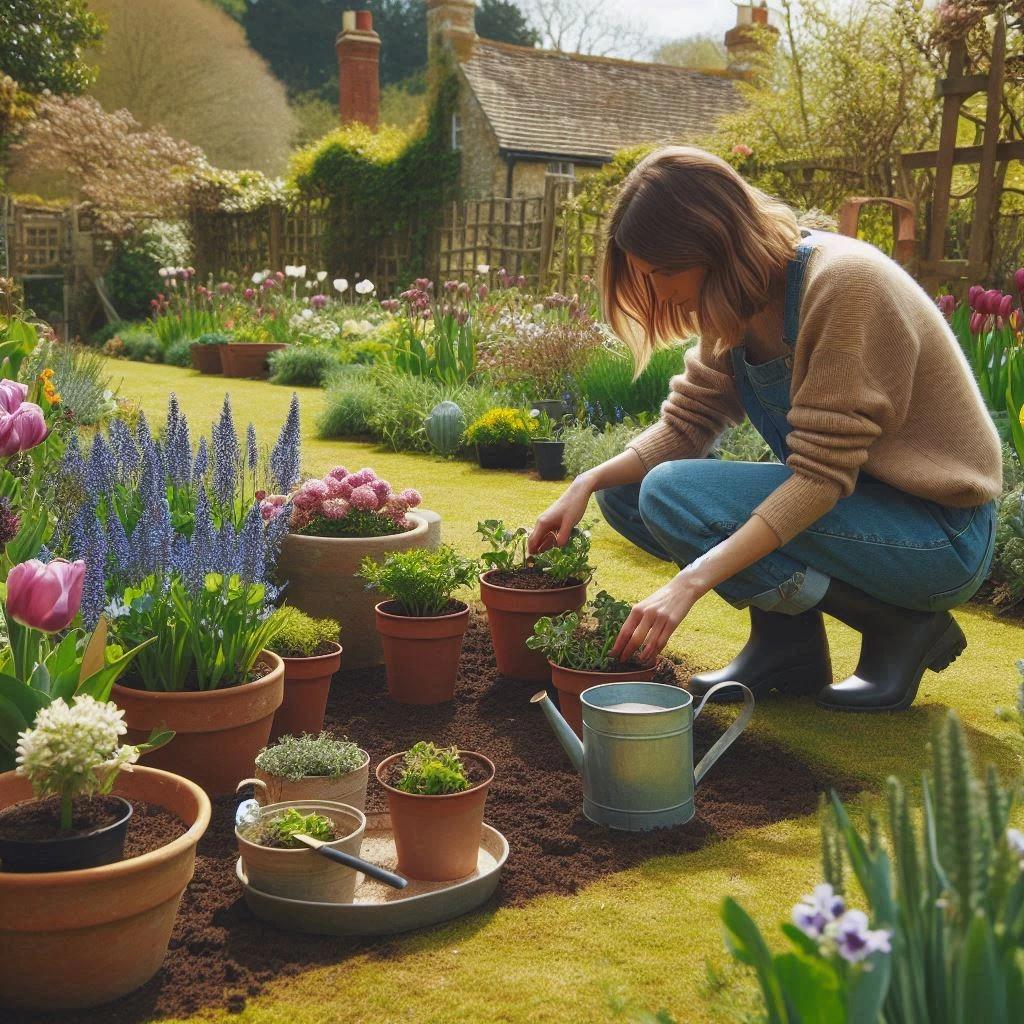

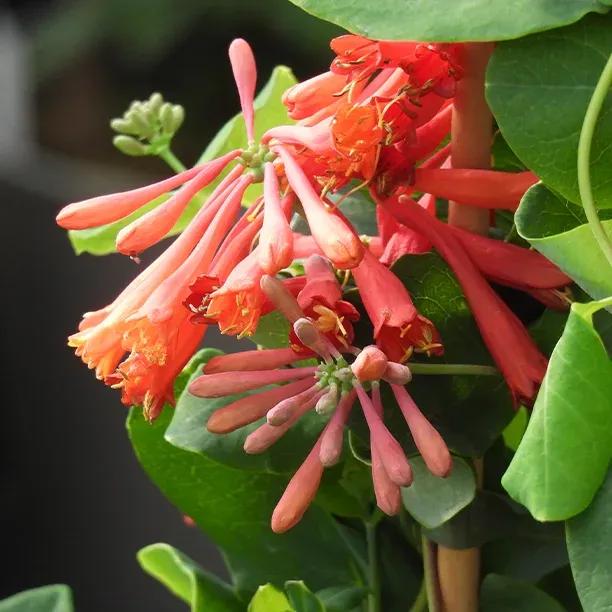

 Img 2.webp)
 Img 3.webp)
 Img 4.webp)
 Hero Img.webp)
 Img 5.webp)

